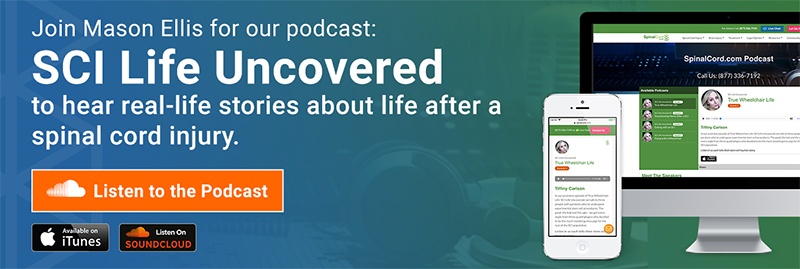Improved Cardiovascular Function After SCI Epidural Stimulation
Many people would rather be able to regulate their blood pressure on their own again more than anything else after a spinal cord injury, although walking again is high on the list. Having to constantly worry about dizziness and fainting spells to the very serious condition of autonomic dysreflexia, blood-pressure-related issues can be a major life headache and one of the worst things that come with paralysis.
But it looks like a treatment to one day help regulate blood-pressure in individuals with SCI is on the horizon. At the University of Louisville, they recently announced results from an epidural stimulation study on four people with spinal cord injuries. All four people in the study experienced an increased ability to regulate their blood-pressure after the treatment. This is a monumental finding. Nothing else to-date (other than medication) has been to have such an effect on cardiovascular issues.
While we have seen epidural stimulation work in other parts of the body, we have never seen it used on blood-pressure. Epidural stimulation was first discovered by Dr. Susan Harkema at the University of Louisville, who discovered that when a magnetic device is placed on an injured spinal cord it helped men with paraplegia move their legs (partially) again. This magnetic stimulation treatment is proving to have the ability to reawaken nerves in the damaged area of the spinal cord, and now it can help cardio function too.
There is one downfall to the cardio results - they only last 4 weeks. Over time, researchers hope that the effect it has on blood-pressure (and more) will last longer or even remain permanent once the stimulation stops, as previous studies have found, but only further research will verify this. Stefanie Putnam, a C4 quadriplegic, took part in the study. Her heart rate regulation improved significantly. As a quadriplegic with chronic low blood pressure, she passed out 5 to 6 times a day. Since taking part in the study, she can live freer without fear of passing out.
"My whole life has opened up for me again," she says. "I am an active member in my own life instead of merely existing. I can prepare and cook my own meals. I can feed myself and carry on a conversation. Without the disruption of passing out or gasping for breaths in the middle of a task or having to stop and be back in my chair for two hours at a time, I can accomplish so much more. Now I can live my best life with energy to focus on my future."
While taking part in the study, the participants experienced two hours of simulation to their spinal cords each day via an implanted electrode array that delivers electrical signals to the lumbar spine. Researchers found that their blood pressure and heart rate remained stabilized between sessions, showing that the epidural stimulation does indeed have a lasting effect even if it wears off after four weeks.
With such exciting results, it comes as no surprise that a follow-up study with even more participants is in the works. The University of Louisville plans to do a long-term, chronic study of epidural stimulation on cardiovascular functions following 36 people with spinal cord injuries that will last over a 6 year period.
Stay Updated on Advancements On Traumatic Brain &
Spinal Cord Injuries
About the Author





